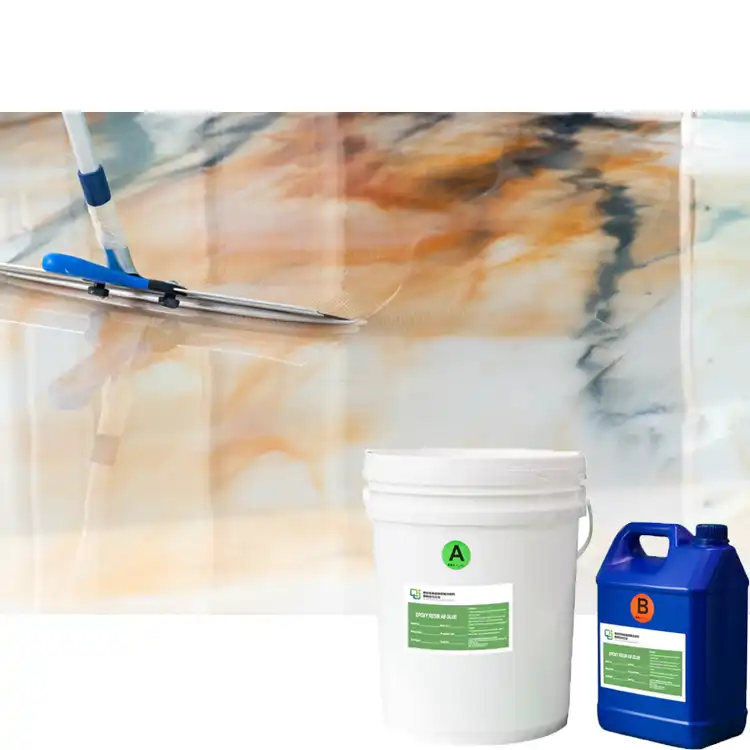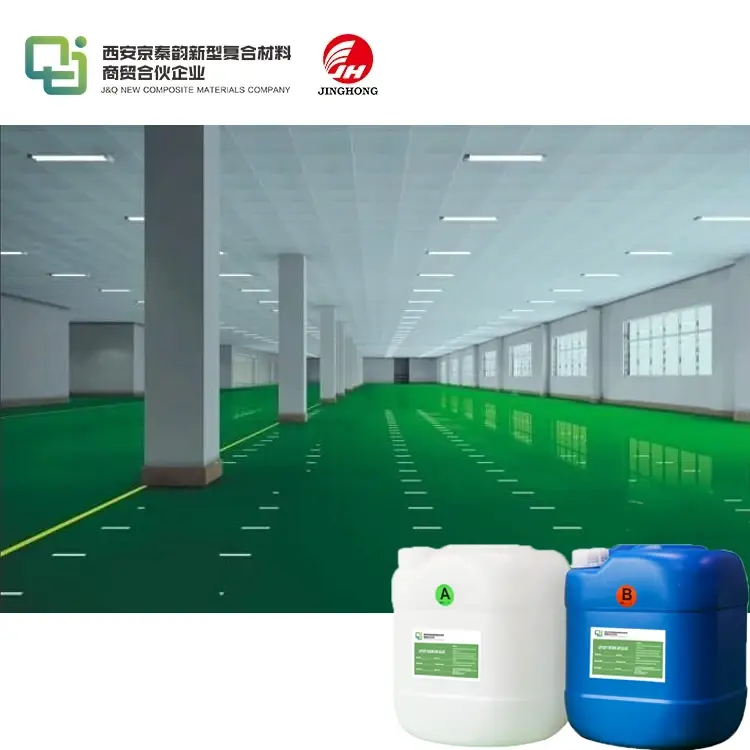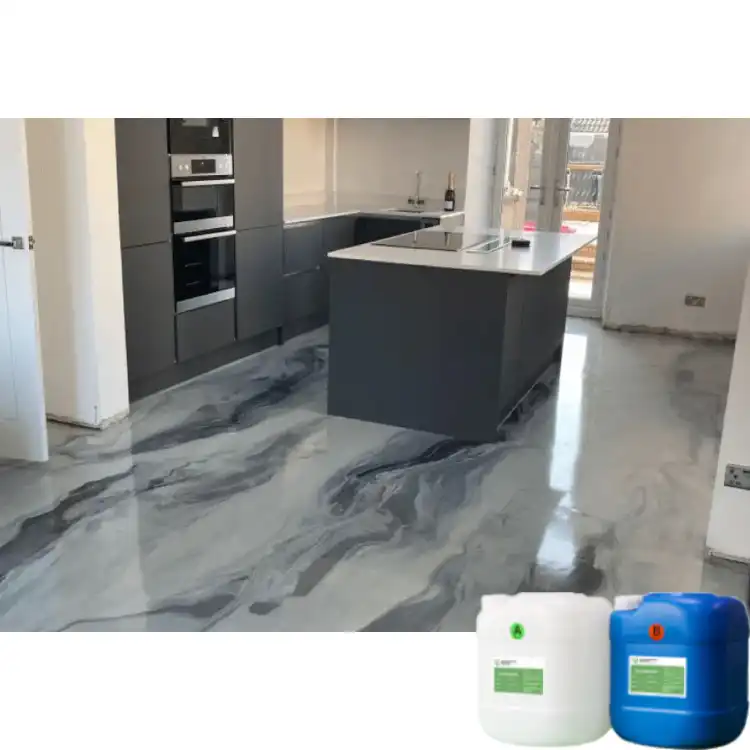Thermal Conductivity of 3240 Epoxy Sheet
2025-01-17 17:03:20
The thermal conductivity of 3240 epoxy sheet is a crucial property that determines its effectiveness in various applications. This high-performance material exhibits exceptional thermal management capabilities, with a thermal conductivity value typically ranging between 0.3 to 0.5 W/mK. The precise conductivity can vary slightly depending on the specific formulation and manufacturing process. 3240 epoxy sheet's thermal properties make it an ideal choice for industries requiring efficient heat dissipation, such as electronics, aerospace, and automotive. Its ability to transfer heat effectively while maintaining excellent electrical insulation properties sets it apart from other materials in its class, making it a versatile solution for thermal management challenges.
Understanding 3240 Epoxy Sheet and Its Thermal Properties
Composition and Structure of 3240 Epoxy Sheet
3240 epoxy sheet is a specialized composite material engineered for superior thermal management. Its composition includes a carefully balanced mixture of epoxy resin and hardeners, often reinforced with glass fibers or other fillers. This unique formulation results in a material with a dense, cross-linked polymer structure that contributes to its remarkable thermal properties.
The molecular arrangement of 3240 epoxy sheet plays a significant role in its thermal conductivity. The tightly packed polymer chains create pathways for heat transfer, allowing thermal energy to move through the material more efficiently than in standard epoxy formulations. This molecular structure is key to understanding why 3240 epoxy sheet outperforms many other insulating materials in thermal applications.
Factors Influencing Thermal Conductivity in 3240 Epoxy Sheet
Several factors contribute to the thermal conductivity of 3240 epoxy sheet. The type and quantity of fillers used in the epoxy matrix can significantly impact its heat transfer capabilities. Common fillers include aluminum oxide, boron nitride, or silicon carbide, each chosen for their specific thermal properties.
The manufacturing process also plays a crucial role in determining the final thermal conductivity of the sheet. Factors such as curing temperature, pressure, and duration can affect the material's internal structure and, consequently, its thermal performance. Additionally, the thickness of the sheet and any surface treatments applied can influence how effectively it conducts or insulates against heat.
Measuring Thermal Conductivity in 3240 Epoxy Sheet
Accurate measurement of thermal conductivity in 3240 epoxy sheet is essential for quality control and application-specific selection. Various methods are employed to determine this critical property, including the guarded hot plate method, laser flash analysis, and transient plane source technique. Each method has its advantages and is chosen based on the specific requirements of the testing scenario.
These measurement techniques provide valuable data on how well the 3240 epoxy sheet conducts heat under different conditions. This information is crucial for engineers and designers when selecting materials for thermal management applications, ensuring that the chosen sheet meets the specific thermal requirements of their projects.
Applications Leveraging the Thermal Conductivity of 3240 Epoxy Sheet
Electronics and Semiconductor Industry
In the rapidly evolving world of electronics, thermal management is a constant challenge. 3240 epoxy sheet has found widespread use in this sector due to its excellent thermal conductivity combined with electrical insulation properties. It serves as an effective substrate material for printed circuit boards (PCBs), helping to dissipate heat generated by components and ensuring optimal performance of electronic devices.
The material's ability to conduct heat while maintaining electrical isolation makes it particularly valuable in high-power electronics and LED applications. By efficiently transferring heat away from sensitive components, 3240 epoxy sheet helps prevent thermal damage and extends the lifespan of electronic devices.
Aerospace and Automotive Industries
The aerospace and automotive sectors benefit greatly from the thermal properties of 3240 epoxy sheet. In aircraft construction, this material is used in areas where heat management is critical, such as in engine compartments or near electronic systems. Its lightweight nature, combined with excellent thermal conductivity, makes it an ideal choice for applications where weight reduction and thermal efficiency are paramount.
In the automotive industry, 3240 epoxy sheet finds applications in electric vehicle battery packs, where efficient thermal management is essential for maintaining optimal battery performance and safety. The material's ability to dissipate heat evenly helps prevent hotspots and ensures consistent temperature distribution across battery modules.
Industrial Equipment and Machinery
Industrial equipment often operates in high-temperature environments, making thermal management a critical concern. 3240 epoxy sheet is utilized in various industrial applications, including as insulation in high-temperature machinery, heat exchangers, and thermal interface materials in power generation equipment.
The material's stability at elevated temperatures and its ability to maintain consistent thermal properties over time make it a reliable choice for long-term industrial applications. Its use in these settings contributes to improved equipment efficiency, reduced energy consumption, and extended machinery lifespan.

Advancements and Future Trends in 3240 Epoxy Sheet Thermal Conductivity
Innovations in Filler Technology
Research in filler technology is pushing the boundaries of thermal conductivity in 3240 epoxy sheets. Novel fillers, such as graphene and carbon nanotubes, are being explored for their potential to significantly enhance heat transfer properties. These advanced materials offer the promise of creating epoxy sheets with unprecedented thermal conductivity while maintaining the desirable mechanical and electrical properties of traditional formulations.
Hybrid filler systems, combining different types of thermally conductive particles, are also under investigation. These combinations aim to create synergistic effects, potentially leading to epoxy sheets with optimized thermal performance across a wider range of temperatures and applications.
Nanotechnology and Molecular Engineering
Advancements in nanotechnology are opening new avenues for improving the thermal conductivity of 3240 epoxy sheets. By manipulating the material at the molecular level, researchers are developing ways to create more efficient pathways for heat transfer within the epoxy matrix. This could lead to sheets with significantly higher thermal conductivity without compromising other essential properties.
Molecular engineering techniques, such as controlled cross-linking and polymer chain alignment, are being explored to enhance the inherent thermal properties of the epoxy resin itself. These approaches hold the potential to create a new generation of 3240 epoxy sheets with superior thermal management capabilities.
Sustainable and Eco-Friendly Formulations
As environmental concerns become increasingly important, there is a growing focus on developing sustainable and eco-friendly versions of 3240 epoxy sheets. Research is underway to incorporate bio-based resins and natural fillers that can match or exceed the thermal conductivity of traditional formulations while reducing the environmental impact of production and disposal.
These green alternatives aim to maintain the high performance standards of conventional 3240 epoxy sheets while aligning with global sustainability goals. The development of recyclable or biodegradable epoxy sheets with excellent thermal properties represents an exciting frontier in materials science, promising a more sustainable future for thermal management solutions.
Conclusion
The thermal conductivity of 3240 epoxy sheet stands as a testament to the remarkable advancements in materials science. Its ability to efficiently manage heat while maintaining excellent electrical insulation properties makes it an invaluable asset across various industries. As we've explored, from its composition to its wide-ranging applications, 3240 epoxy sheet continues to play a crucial role in addressing thermal management challenges. With ongoing innovations in filler technology, nanotechnology, and sustainable formulations, the future of 3240 epoxy sheet looks promising, poised to meet the evolving demands of thermal management in an increasingly technology-driven world.
Contact Us
Ready to explore how 3240 epoxy sheet can benefit your thermal management needs? Contact our team of experts at info@jhd-material.com for personalized guidance and solutions tailored to your specific requirements. Let's work together to optimize your thermal management strategies and enhance the performance of your projects.
References
1. Zhang, L., & Wang, X. (2020). Thermal conductivity enhancement of epoxy composites with hybrid fillers. Journal of Applied Polymer Science, 137(18), 48716.
2. Chen, H., et al. (2019). Recent progress in thermal conductive polymers: Preparation, properties, and applications. Progress in Polymer Science, 94, 1-32.
3. Burger, N., et al. (2016). Review of thermal conductivity in composites: Mechanisms, parameters, and theory. Progress in Polymer Science, 61, 1-28.
4. Teng, C. C., et al. (2018). Thermal conductivity and structure of non-covalent functionalized graphene/epoxy composites. Carbon, 29, 393-404.
5. Kim, H. S., et al. (2017). Thermal management in electronics packaging using epoxy composites with boron nitride fillers. Polymer Composites, 38(10), 2153-2162.
6. Yao, Y., et al. (2018). Highly thermal conductive epoxy nanocomposites with synergistic effect of hybrid fillers. Composites Part A: Applied Science and Manufacturing, 112, 340-349.


_1747991245292.webp)




